CRITICAL WRITINGS / KRITISCHE TEXTE
no. 15
‘Sensibilisation
towards theatre’
Theatre games involving objects, communication, space and sound
Caroline
Wilkins
Gesture is statement, expression, communication and a private
manifestation of loneliness, a “signal through the flames” (Artaud)
– yet this implies a sharing of experience once contact is made. (Peter
Brook)
My choice of approach was determined totally by a preliminary
group discussion with Andreas Lenhard on the manifestations of autism in a person
such as Sybille, author of the text entitled On the other side of the mirror.
The ‘norm’ is implied by each society and involves education, conditioning,
functional response, recognition of signs, and articulation through codes such
as the use of language and speech, as a means of communication and expression.
How can we as conditioned human beings enter into the ‘other‘ world
of an autistic person? Is it possible to re-examine other forms of communication
that we have discarded since childhood but remain deep in our unconscious? Perhaps
we sometimes rely on these more than we think…
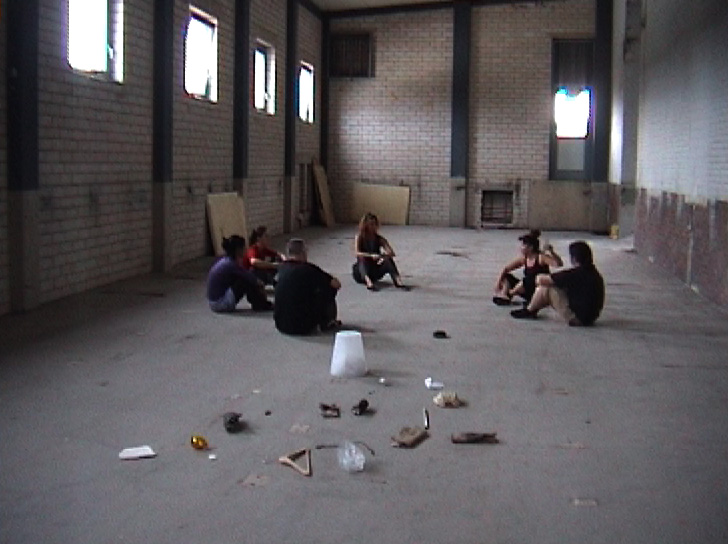 .
.
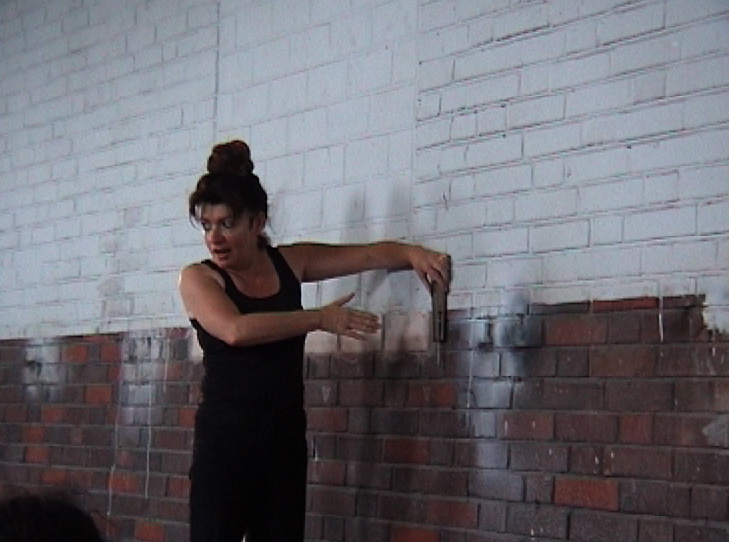
It is vital to make a clear distinction between theatre as therapy and theatre
as an exploration of possible realities. A performer is well aware of this difference
in him/herself, allowing for a suspension of the ‘norm’ in order
to enter into other modes of play, but retaining a sense of trust in the self
that can be returned to. The first game in the workshop I directed in the first
week of the lab involves choosing an object at random from a selection placed
on the floor. They are an assortment of clearly functional ones and obscure
‘objets trouvés’. Most importantly, all judgment of self
and others is suspended during such an exercise. Each person is encouraged to
‘play’ with the object individually and invent another use for it
that has nothing to do with its actual function. We are exploring other, lateral
modes of thinking, where the creative, improvisatory potential comes into play.
Furthermore, gesture, communication and body language are called upon to support
a verbal explanation and demonstration of this new reality as each object is
presented in turn. We want to be convinced.
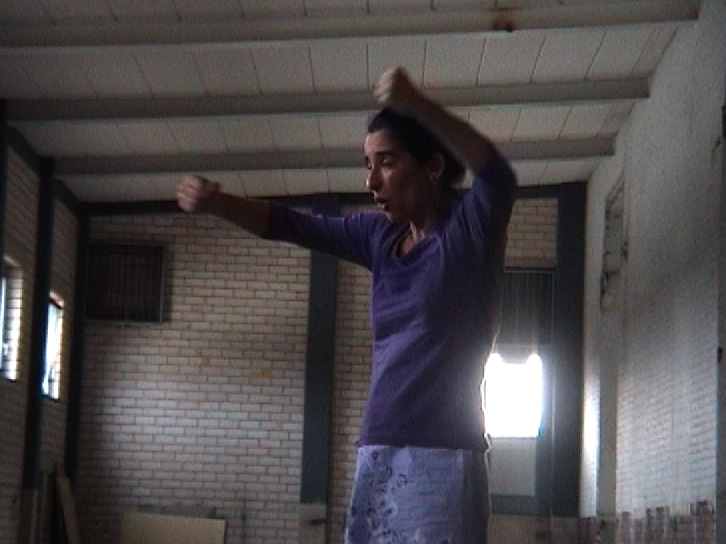 .
.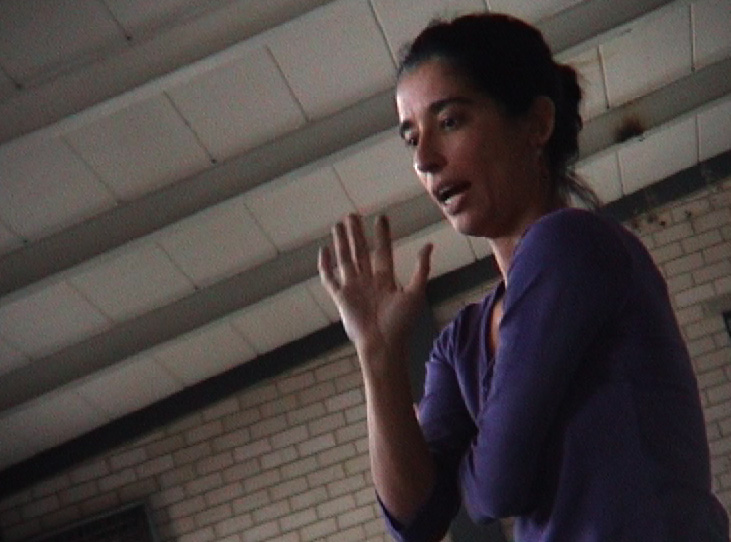
The second task involves working in pairs, preferably with no
knowledge of the others’ native tongue. One tells an anecdote either in
‘gibberish’ (onomatopoeic nonsense language) or in their own broad
dialect, the other attempts to interpret the story into a common language for
the group (in this case English). Gestures and mime can be used to help the
communication between the two. Inevitably the interpreter finds themself having
to tune in to the storyteller, following intuitively any lead or indeed drawing
on their own powers of imagination and invention when the ‘thread’
is lost. The audience in turn has to be ‘convinced’ of the explanation.
The use of sound effects, noises, and onomatopaeic ‘glossolalie ’is
often a hard task for a performer to enter into, as it demands a suspension
of our social conditioning and self-censure. That is why I offered the possibility
of speaking in a broad native dialect as an alternative choice, as it actually
lies somewhere between the two.
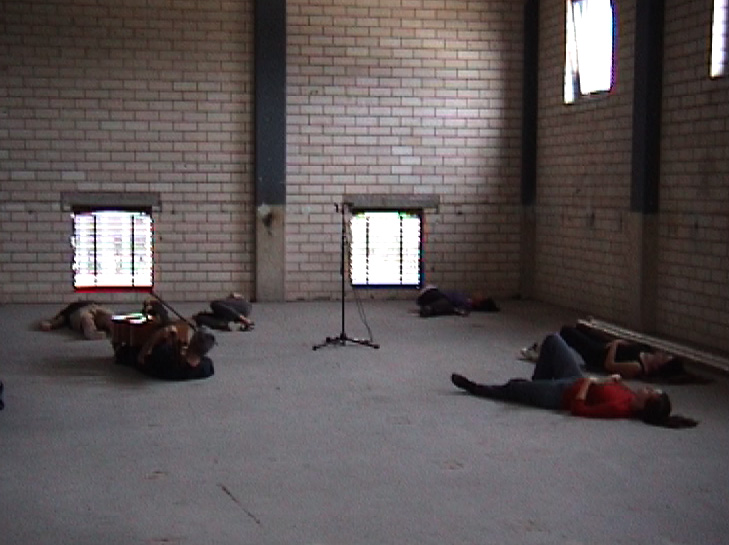
Lastly there is a space and sound exercise that implies listening and responding
to the others’ voices and sounds, also allowing for moments of stillness.
The group lies in a heap on the floor, or very close to each other, with or
without musical instruments. Total relaxation is important, any gesture or movement
is also possible. Take the voice / instrument through a journey whilst telling
a story, using any language, sound, following it through different emotional
states, whether intimate, angry, amused, etc.
Reference:
Peter Brook [1968], The Empty Space, Penguin, p. 57
___
Texte und Kommentare zum Labor 2009 werden hier
veröffentlicht
Texts and commentaries on the 2009 lab and related
research subjects will be published here.
 .
.

 .
.
